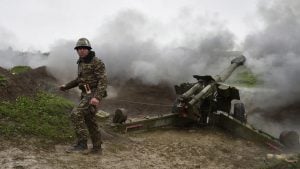The U.S. Government’s Vast New Privatized Censorship Regime
September 23rd, 2022 by Jenin Younes
All Global Research articles can be read in 51 languages by activating the “Translate Website” drop down menu on the top banner of our home page (Desktop version).
To receive Global Research’s Daily Newsletter (selected articles), click here.
Follow us on Instagram and Twitter and subscribe to our Telegram Channel. Feel free to repost and share widely Global Research articles.
***
One warm weekend in October of 2020, three impeccably credentialed epidemiologists—Jayanta Bhattacharya, Sunetra Gupta, and Martin Kulldorff, of Stanford, Oxford, and Harvard Universities respectively—gathered with a few journalists, writers, and economists at an estate in the Berkshires where the American Institute for Economic Research had brought together critics of lockdowns and other COVID-related government restrictions. On Sunday morning shortly before the guests departed, the scientists encapsulated their views—that lockdowns do more harm than good, and that resources should be devoted to protecting the vulnerable rather than shutting society down—in a joint communique dubbed the “Great Barrington Declaration,” after the town in which it was written.
The declaration began circulating on social media and rapidly garnered signatures, including from other highly credentialed scientists. Most mainstream news outlets and the scientists they chose to quote denounced the declaration in no uncertain terms. When contacted by reporters, Drs. Anthony Fauci and Francis Collins of the NIH publicly and vociferously repudiated the “dangerous” declaration, smearing the scientists—all generally considered to be at the top of their fields—as “fringe epidemiologists.” Over the next several months, the three scientists faced a barrage of condemnation: They were called eugenicists and anti-vaxxers; it was falsely asserted that they were “Koch-funded” and that they had written the declaration for financial gain. Attacks on the Great Barrington signatories proliferated throughout social media and in the pages of The New York Times and Guardian.
Yet emails obtained pursuant to a FOIA request later revealed that these attacks were not the products of an independent objective news-gathering process of the type that publications like the Times and the Guardian still like to advertise. Rather, they were the fruits of an aggressive attempt to shape the news by the same government officials whose policies the epidemiologists had criticized. Emails between Fauci and Collins revealed that the two officials had worked together and with media outlets as various as Wired and The Nation to orchestrate a “takedown” of the declaration.
Nor did the targeting of the scientists stop with the bureaucrats they had implicitly criticized. Bhattacharya, Gupta, and Kulldorff soon learned that their declaration was being heavily censored on social media to prevent their scientific opinions from reaching the public. Kulldorff—then the most active of the three online—soon began to experience censorship of his own social media posts. For example, Twitter censored one of Kulldorff’s tweets asserting that:
“Thinking that everyone must be vaccinated is as scientifically flawed as thinking that nobody should. COVID vaccines are important for older, higher-risk people and their caretakers. Those with prior natural infection do not need it. Not children.”
Posts on Kulldorff’s Twitter and LinkedIn criticizing mask and vaccine mandates were labeled misleading or removed entirely. In March of 2021, YouTube took down a video depicting a roundtable discussion that Bhattacharya, Gupta, Kulldorff, and Dr. Scott Atlas had with Gov. Ron DeSantis of Florida, in which the participants critiqued mask and vaccine mandates.
Because of this censorship, Bhattacharya and Kulldorff are now plaintiffs in Missouri v. Biden, a case brought by the attorneys general of Missouri and Louisiana, as well as the New Civil Liberties Alliance (NCLA), which is representing them and two other individuals, Dr. Aaron Kheriaty and Jill Hines. The plaintiffs allege that the Biden administration and a number of federal agencies coerced social media platforms into censoring them and others for criticizing the government’s COVID policies. In doing so, the Biden administration and relevant agencies had turned any ostensible private action by the social media companies into state action, in violation of the First Amendment. As the Supreme Court has long recognized and Justice Thomas explained in a concurring opinion just last year, “[t]he government cannot accomplish through threats of adverse government action what the Constitution prohibits it from doing directly.”
Federal district courts have recently dismissed similar cases on the grounds that the plaintiffs could not prove state action. According to those judges, public admissions by then-White House press secretary Jennifer Psaki that the Biden administration was ordering social media companies to censor certain posts, as well as statements from Psaki, President Biden, Surgeon General Vivek Murthy, and DHS Secretary Alejandro Mayorkas threatening them with regulatory or other legal action if they declined to do so, still did not suffice to establish that the plaintiffs were censored on social media due to government action. Put another way, the judges declined to take the government at its word. But the Missouri judge reached a different conclusion, determining there was enough evidence in the record to infer that the government was involved in social media censorship, granting the plaintiffs’ request for discovery at the preliminary injunction stage.
The Missouri documents, along with some obtained through discovery in Berenson v. Twitter and a FOIA request by America First Legal, expose the extent of the administration’s appropriation of big tech to effect a vast and unprecedented regime of viewpoint-based censorship on the information that most Americans see, hear and otherwise consume. At least 11 federal agencies, and around 80 government officials, have been explicitly directing social media companies to take down posts and remove certain accounts that violate the government’s own preferences and guidelines for coverage on topics ranging from COVID restrictions, to the 2020 election, to the Hunter Biden laptop scandal.
Correspondence publicized in Missouri further corroborates the theory that the companies dramatically increased censorship under duress from the government, strengthening the First Amendment claim. For example, shortly after President Biden asserted in July of 2021 that Facebook (Meta) was “killing people” by permitting “misinformation” about COVID vaccines to percolate, an executive from the company contacted the surgeon general to appease the White House. In a text message to Murthy, the executive acknowledged that the “FB team” was “feeling a little aggrieved” as “it’s not great to be accused of killing people,” while he sought to “de-escalate and work together collaboratively.” These are not the words of a person who is acting freely; to the contrary, they denote the mindset of someone who considers himself subordinate to, and subject to punishment by, a superior. Another text, exchanged between Jen Easterly, director of the Cybersecurity and Infrastructure Security Agency (CISA), and another CISA employee who now works at Microsoft, reads: “Platforms have got to get more comfortable with gov’t. It’s really interesting how hesitant they remain.” This is another incontrovertible piece of evidence that social media companies are censoring content under duress from the government, and not due to their directors’ own ideas of the corporate or common good.
Further, emails expressly establish that the social media companies intensified censorship efforts and removed particular individuals from their platforms in response to the government’s demands. Just a week after President Biden accused social media companies of “killing people,” the Meta executive mentioned above wrote the surgeon general an email telling him, “I wanted to make sure you saw the steps we took just this past week to adjust policies on what we are removing with respect to misinformation, as well as steps taken further to address the ‘disinfo dozen’: we removed 17 additional Pages, Groups, and Instagram accounts tied to [them].” About a month later, the same executive informed Murthy that Meta intended to expand its COVID policies to “further reduce the spread of potentially harmful content” and that the company was “increasing the strength of our demotions for COVID and vaccine-related content.”
Alex Berenson, a former New York Times reporter and a prominent critic of government-imposed COVID restrictions, has publicized internal Twitter communications he obtained through discovery in his own lawsuit showing that high-ranking members of the Biden administration, including White House Senior COVID-19 Advisor Andrew Slavitt, had pushed Twitter to permanently suspend him from the platform. In messages from April 2021, a Twitter employee noted that a meeting with the White House had gone relatively well, though the company’s representatives had fielded “one really tough question about why Alex Berenson hasn’t been kicked off from the platform,” to which “mercifully we had answers” (emphasis added).
About two months later, days after Dr. Fauci publicly deemed Berenson a danger, and immediately following the president’s statement that social media companies were “killing people,” and despite assurances from high-ups at the company that his account was in no danger, Twitter permanently suspended Berenson’s account. If this does not qualify as government censorship of an individual based on official disapproval of his viewpoints, it would be difficult to say what might. Berenson was reinstated on Twitter in July 2022 as part of the settlement in his lawsuit.
In 1963, the Supreme Court, deciding Bantam Books v. Sullivan, held that “public officers’ thinly veiled threats to institute criminal proceedings against” booksellers who carried materials containing obscenity could constitute a First Amendment violation. The same reasoning should apply to the Biden administration campaign to pressure tech companies into enforcing its preferred viewpoints.
The question of how the Biden administration has succeeded in jawboning big tech into observing its strictures is not particularly difficult to answer. Tech companies, many of which hold monopoly positions in their markets, have long feared and resisted government regulation. Unquestionably—and as explicitly revealed by the text message exchanged between Murthy and the Twitter executive—the prospect of being held liable for COVID deaths is an alarming one. Just like the booksellers in Bantam, social media platforms undoubtedly “do not lightly disregard” such possible consequences, as Twitter’s use of the term “mercifully” indicates.
It remains to be seen whether Bhattacharya and Kulldorff will be able to show that Fauci and Collins explicitly ordered tech companies to censor them and their Great Barrington Declaration. More discovery lies ahead, from top White House officials including Dr. Fauci, that may yield evidence of even more direct involvement by the government in preventing Americans from hearing their views. But Bhattacharya, Kulldorff, and countless social media users have had their First Amendment rights violated nonetheless.
The government’s involvement in censorship of specific perspectives, and direct role in escalating such censorship, has what is known in First Amendment law as a chilling effect: Fearing the repercussions of articulating certain views, people self-censor by avoiding controversial topics. Countless Americans, including the Missouri plaintiffs, have attested that they do exactly that for fear of losing influential and sometimes lucrative social media accounts, which can contain and convey significant social and intellectual capital.
Moreover, the Supreme Court recognizes that a corollary of the First Amendment right to speak is the right to receive information because “the right to receive ideas follows ineluctably from the sender’s First Amendment right to send them.” All Americans have been deprived—by the United States government—of their First Amendment rights to hear the views of Alex Berenson, as well as Drs. Bhattacharya and Kulldorff, and myriad additional people, like the reporters who broke the Hunter Biden laptop story for the New York Post and found themselves denounced as agents of Russian disinformation, who have been censored by social media platforms at the urging of the U.S. government. That deprivation strangled public debate on multiple issues of undeniably public importance. It allowed Fauci, Collins, and various other government actors and agencies, to mislead the public into believing there was ever a scientific consensus on lockdowns, mask mandates, and vaccine mandates. It also arguably influenced the 2020 election.
The administration has achieved public acquiescence to its censorship activities by convincing many Americans that the dissemination of “misinformation” and “disinformation” on social media presents a grave threat to public safety and even national security. Over half a century ago, in his notorious concurrence in New York Times v. United States (in which the Nixon administration sought to prevent the newspaper from printing the Pentagon Papers) Justice Hugo Black rejected the view that the government may invoke such concepts to override the First Amendment: “[t]he word ‘security’ is a broad, vague generality whose contours should not be invoked to abrogate the fundamental law embodied in the First Amendment,” he wrote. Justice Black cited a 1937 opinion by Justice Charles Hughes explaining that this approach was woefully misguided: “The greater the importance of safeguarding the community from incitements to the overthrow of our institutions by force and violence, the more imperative is the need to preserve inviolate the constitutional rights of free speech, free press, and free assembly … that government may be responsive to the will of the people and that changes, if desired, may be obtained by peaceful means. Therein lies the security of the Republic, the very foundation of constitutional government.”
The Founders of our country understood that line-drawing becomes virtually impossible once censorship begins and that the personal views and biases of those doing the censoring will inevitably come into play. Moreover, they recognized that sunlight is the best disinfectant: The cure for bad speech is good speech. The cure for lies, truth. Silencing people does not mean problematic ideas disappear; it only drives their adherents into echo chambers. People who are booted off Twitter, for example, often turn to Gab and Gettr, where they are less likely to encounter challenges to patently false posts claiming, for example, that COVID vaccines are toxic.
Indeed, this case could not illustrate more clearly the First Amendment’s chief purpose, and why the framers of the Constitution did not create an exception for “misinformation.” Government actors are just as prone to bias, hubris, and error as the rest of us. Drs. Fauci and Collins, enamored of newfound fame and basking in self-righteousness, took it upon themselves to suppress debate about the most important subject of the day. Had Americans learned of the Great Barrington Declaration and been given the opportunity to contemplate its ideas, and had scientists like Bhattacharya, Gupta, and Kulldorff been permitted to speak freely, the history of the pandemic era may have unfolded with far less tragedy—and with far less damage to the institutions that are supposed to protect public health.
*
Note to readers: Please click the share buttons above or below. Follow us on Instagram and Twitter and subscribe to our Telegram Channel. Feel free to repost and share widely Global Research articles.
Jenin Younes is litigation counsel at the New Civil Liberties Alliance.
Featured image: Francis Collins, at right, and Anthony FauciTOM WILLIAMS/CQ ROLL CALL
 The Worldwide Corona Crisis, Global Coup d’Etat Against Humanity
The Worldwide Corona Crisis, Global Coup d’Etat Against Humanity
by Michel Chossudovsky
Michel Chossudovsky reviews in detail how this insidious project “destroys people’s lives”. He provides a comprehensive analysis of everything you need to know about the “pandemic” — from the medical dimensions to the economic and social repercussions, political underpinnings, and mental and psychological impacts.
“My objective as an author is to inform people worldwide and refute the official narrative which has been used as a justification to destabilize the economic and social fabric of entire countries, followed by the imposition of the “deadly” COVID-19 “vaccine”. This crisis affects humanity in its entirety: almost 8 billion people. We stand in solidarity with our fellow human beings and our children worldwide. Truth is a powerful instrument.”
ISBN: 978-0-9879389-3-0, Year: 2022, PDF Ebook, Pages: 164, 15 Chapters
Price: $11.50
Purchase directly from the Global Research Online Store
You may also purchase directly at DonorBox “Worldwide Corona Crisis” Campaign Page! (NOTE: User-friendly)
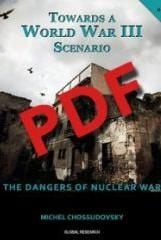
 Vaccine Narrative Collapses as Harvard Study Shows Jab More Dangerous than COVID
Vaccine Narrative Collapses as Harvard Study Shows Jab More Dangerous than COVID 1350 Athlete Cardiac Arrests, Serious Issues, 919 of Them Dead, Since COVID Injection
1350 Athlete Cardiac Arrests, Serious Issues, 919 of Them Dead, Since COVID Injection History: Hitler was Financed by the Federal Reserve and the Bank of England
History: Hitler was Financed by the Federal Reserve and the Bank of England Biden Signs Executive Order Designed to Unleash “Transhumanist Hell” on America and the World
Biden Signs Executive Order Designed to Unleash “Transhumanist Hell” on America and the World Dr. Paul Offit, One of the World’s Most Respected Vaccine Experts, Is Now Officially an Anti-vaxxer!
Dr. Paul Offit, One of the World’s Most Respected Vaccine Experts, Is Now Officially an Anti-vaxxer! PfizerGate: Official Government Reports prove Hundreds of Thousands of People Are Dying Every Single Week Due to COVID-19 Vaccination
PfizerGate: Official Government Reports prove Hundreds of Thousands of People Are Dying Every Single Week Due to COVID-19 Vaccination Climate Instability Worldwide: Does the US Military “Own the Weather”? “Weaponizing the Weather” as an Instrument of Modern Warfare?
Climate Instability Worldwide: Does the US Military “Own the Weather”? “Weaponizing the Weather” as an Instrument of Modern Warfare? The COVID-19 Power Grab: “Our Governments are Working to Harm Us”
The COVID-19 Power Grab: “Our Governments are Working to Harm Us” Corona Sleepwalkers Swallow Whatever the Authorities Tell Them
Corona Sleepwalkers Swallow Whatever the Authorities Tell Them COVID as a “Political Gift”? Stillborn from COVID-injected Mothers, Heart Attacks in Children…
COVID as a “Political Gift”? Stillborn from COVID-injected Mothers, Heart Attacks in Children… Trilogy of Disaster – The Global Reset on Display
Trilogy of Disaster – The Global Reset on Display COVID Measures: Biggest “Social Conformity Event” in History. Corona Policy Was Aimed at “Changing Behavior”, Not at Improving Health.
COVID Measures: Biggest “Social Conformity Event” in History. Corona Policy Was Aimed at “Changing Behavior”, Not at Improving Health. Video: A Final Warning to Humanity from Former Pfizer Chief Scientist Michael Yeadon
Video: A Final Warning to Humanity from Former Pfizer Chief Scientist Michael Yeadon Ukraine: US Launches a Fascist Government, and World War Three?
Ukraine: US Launches a Fascist Government, and World War Three? Europe’s Energy Armageddon from Berlin and Brussels, Not Moscow
Europe’s Energy Armageddon from Berlin and Brussels, Not Moscow An Engineered Food and Poverty Crisis to Secure Continued U.S. Dominance
An Engineered Food and Poverty Crisis to Secure Continued U.S. Dominance Dutch Farmers Resisting the Toxic Transition
Dutch Farmers Resisting the Toxic Transition Global Planned Financial Tsunami Has Just Begun
Global Planned Financial Tsunami Has Just Begun The Money Economy Is Not the Real Economy: “The Global Banking and Financial System is Fatally Flawed”
The Money Economy Is Not the Real Economy: “The Global Banking and Financial System is Fatally Flawed” Ukraine, It Was All Written in the Rand Corp Plan. “the U.S. Plan against Russia was Formulated 3 Years Ago”
Ukraine, It Was All Written in the Rand Corp Plan. “the U.S. Plan against Russia was Formulated 3 Years Ago”



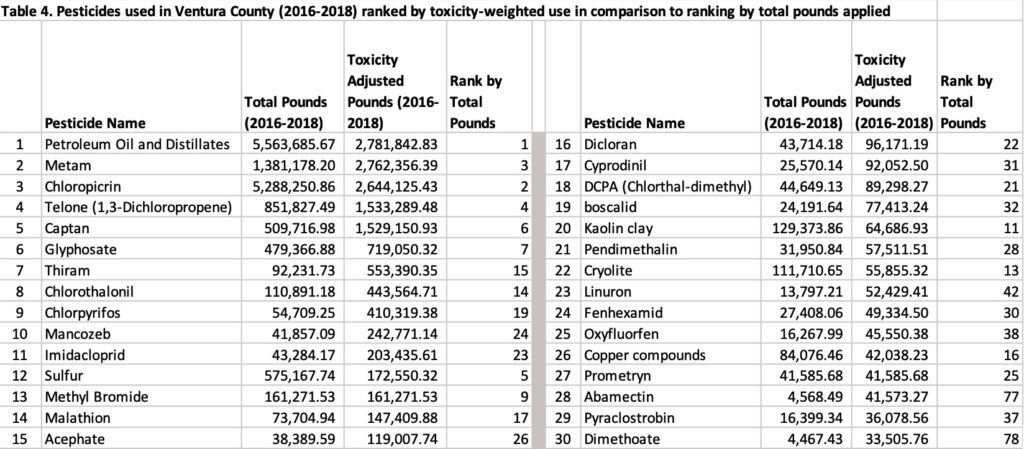


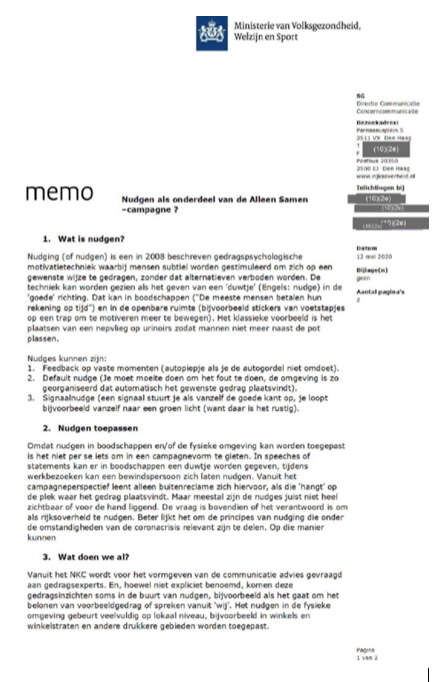
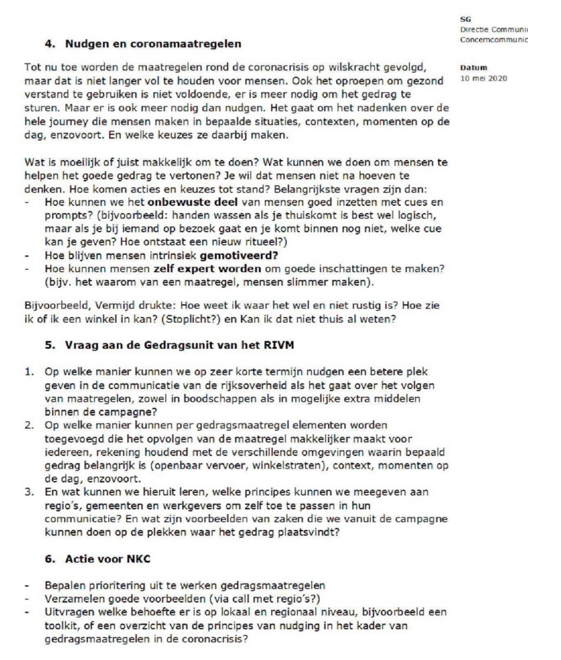
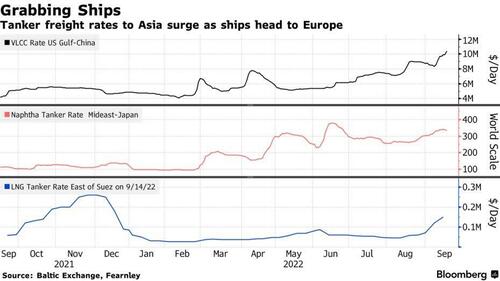





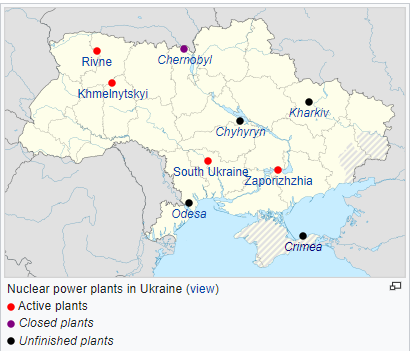
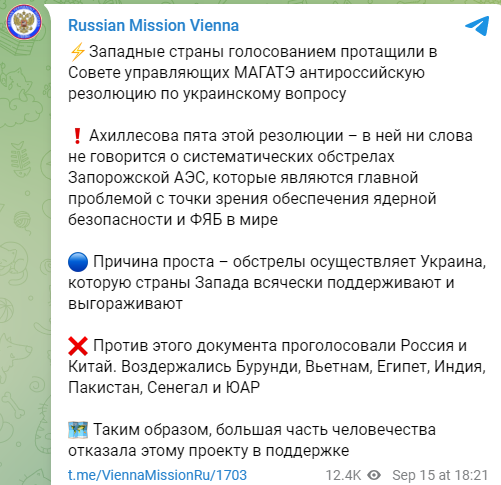

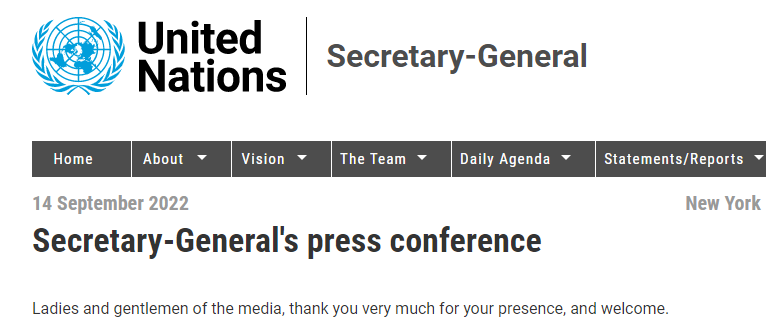
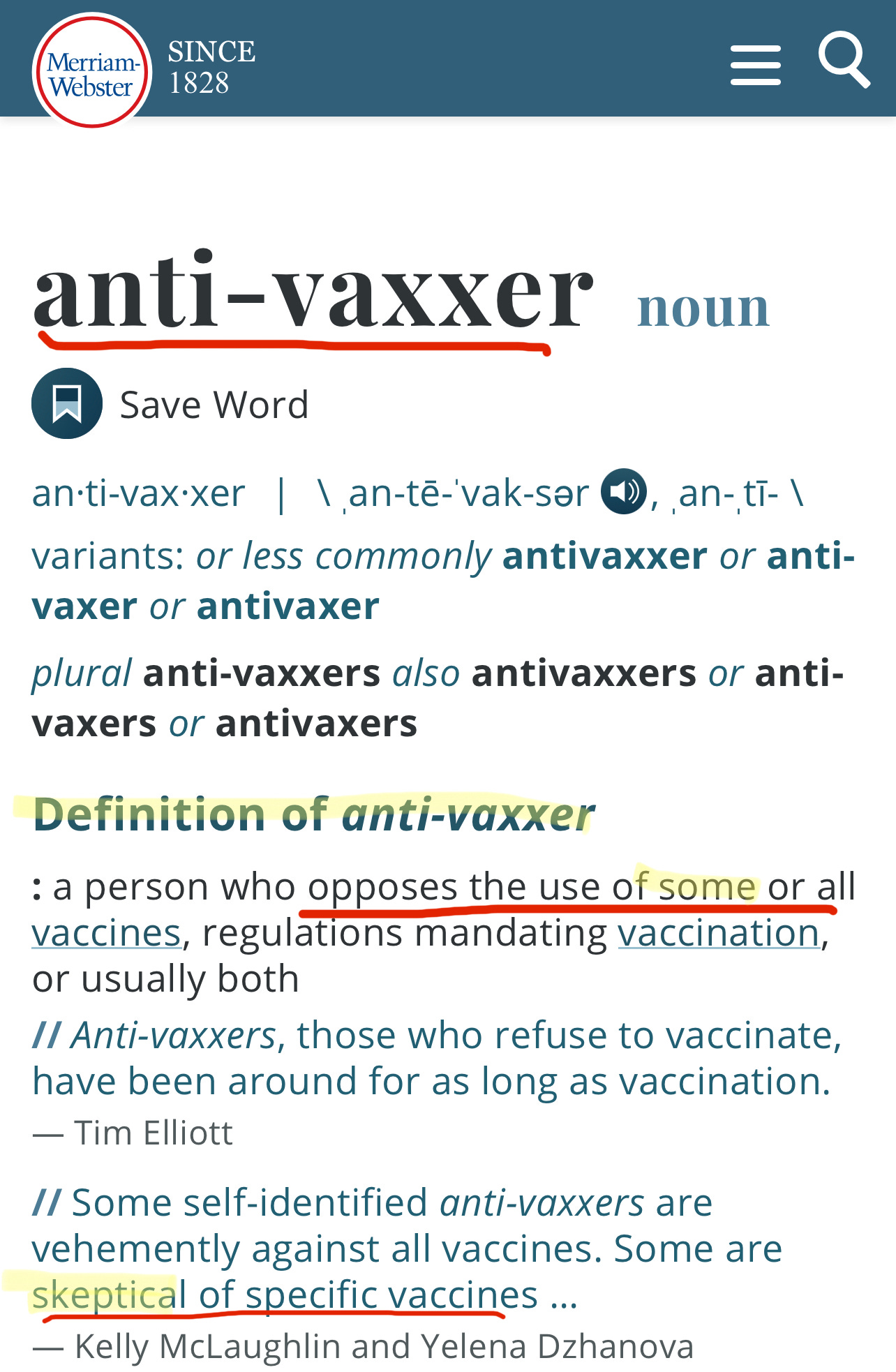



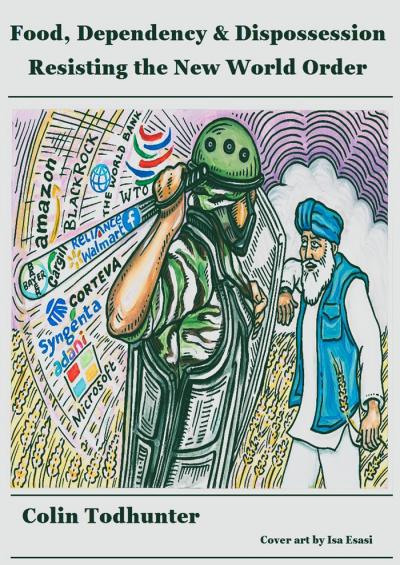 Read Colin Todhunter’s e-Book entitled
Read Colin Todhunter’s e-Book entitled